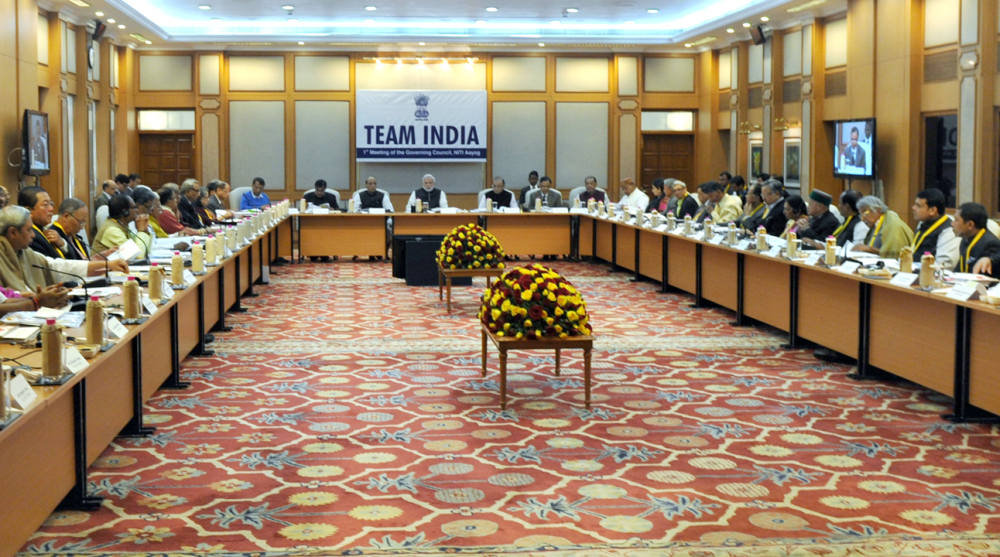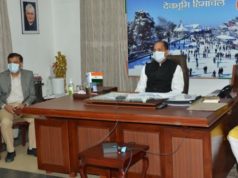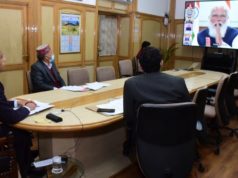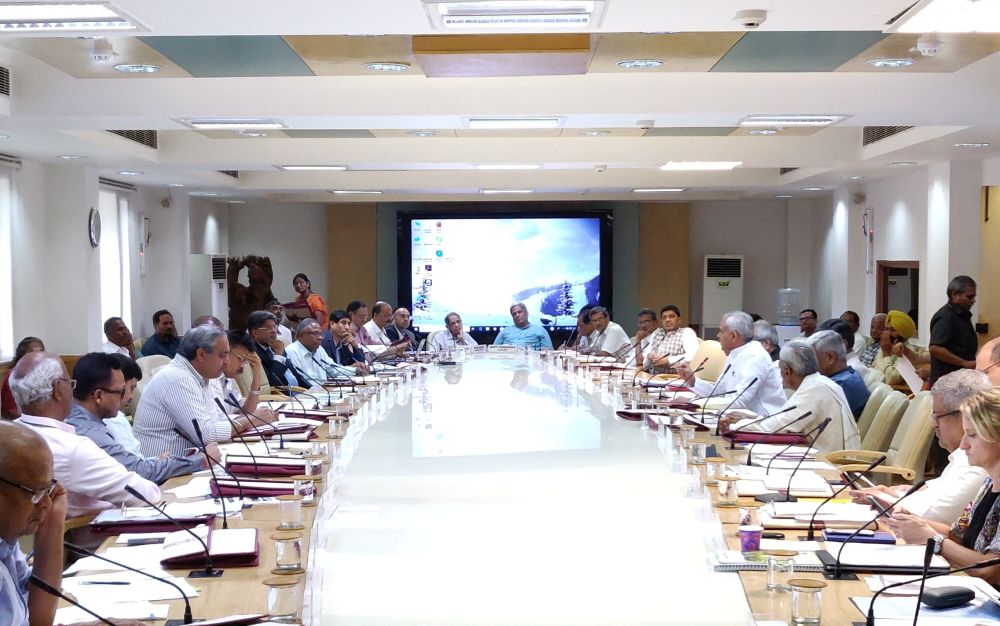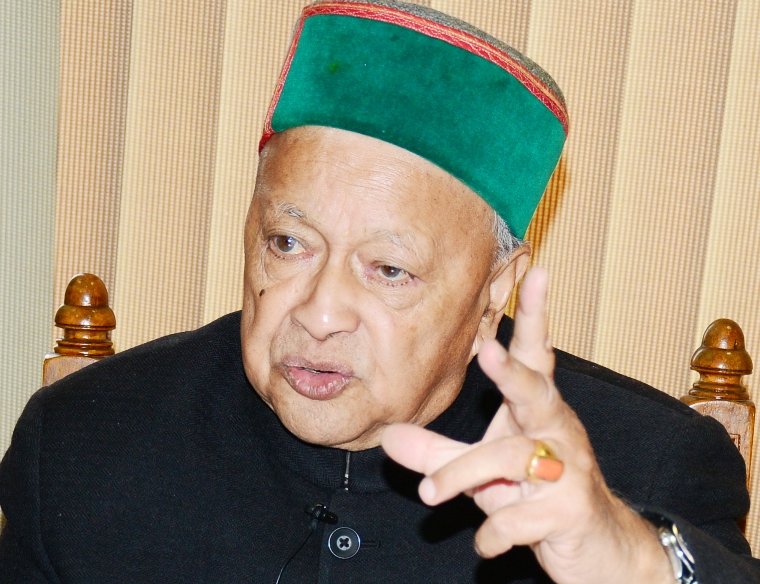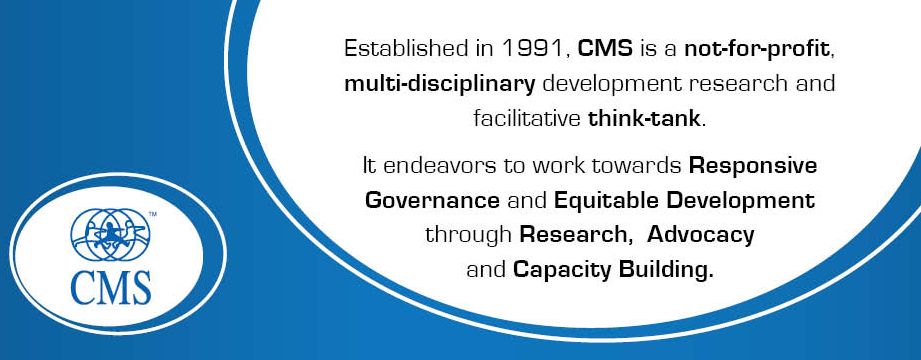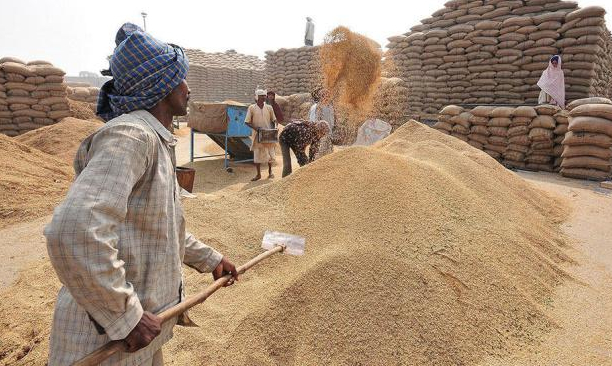India has changed dramatically over the past 65 years in terms of demography with the population increasing to 121 crores. With increasing levels of development, literacy and communication, the aspirations of the people have soared, necessitating changes and innovations in governance systems. Even the economy has undergone a paradigm shift with Agriculture’s share showing dramatic drop, from more than 50% to less than 15% of GDP and the private sector emerging as a vibrant and dynamic force with a global scale and reach. Even the central government’s Twelfth Five Year Plan size of Rs 43 lakh crore, is huge compared to the First Five Year Plan size of Rs 2,400 crore. Moreover in the last few decades, States have evolved from being mere followers of the Centre, to being the actual drivers of national development. Hence the nation’s progress lies in the progress of States.
This changing reality and growing mismatch has been recognized for years now; with experts, including many from within the erstwhile Planning Commission, recommending appropriate changes letting go of old practices and beliefs whose relevance had been lost, and adopting new ones based on the past experiences of India as well as other nations. Even the former Prime Minister and noted economist, Dr. Manmohan Singh – in his farewell address to the Commission in April 2014 – also urged reflection on “what the role of the Planning Commission needs to be in this new world. What additional roles should the Planning Commission play and what capacities does it need to build to ensure that it continues to be relevant to the growth process?
Hence it was time that priorities, strategies and structures dating back to 1950 when the Planning Commission was set up, were to be revisited. As a result the Government of India set up NITI Aayog (National Institution for Transforming India) in place of the Planning Commission, as a means to better serve the needs and aspirations of the people of India with the Governments’ transition from being a ‘provider of first and last resort’ and ‘major player’ in the economy, to being a ‘catalyst’ nurturing an ‘enabling environment’, where the entrepreneurial spirits of all, from small self-employed entrepreneurs to large corporations, can flourish. This would help the Government to focus its precious resources on public welfare domains such as food, nutrition, health, education and livelihood of vulnerable and marginalized groups.
The NITI Aayog comprises of the Prime Minister of India as the Chairperson; Governing Council comprising the Chief Ministers of all the States and Lieutenant Governors of Union Territories with the Regional Councils formed to address specific issues and contingencies impacting more than one state or a region. Experts, specialists and practitioners with relevant domain knowledge as special invitees nominated by the Prime Minister will assist this think tank comprising Vice Chairman, two fulltime and part time members among others.
Differences between NITI and Planning Commission
While Planning Commission enjoyed the powers to allocate funds to ministries and state governments, NITI Aayog will be an advisory body, or a think-tank. Under Planning Commission, States’ role was limited to the National Development Council and annual interaction during Plan meetings and the commission reported to National Development Council that had state chief ministers and lieutenant governors of UTs. But Niti Aayog’s Governing Council has state chief ministers and lieutenant governors as the all powerful body. Under Niti Aayog states are consulted while making policy and deciding on funds allocation. Final policy would be a result of thatconsultations unlike under Planning Commission when policy was formed by the commission and states were then consulted about allocation of funds. While Niti Aayog is a think-tank and does not have the power to impose policies, Planning Commission decided policies for states and tied allocation of funds with projects it approved, a methodology driven by “one size fits all” concept.
Objectives of NITI Aayog
NITI Aayog envisages providing a critical directional and strategic input into the development process. The centre-to-state one-way flow of policy, that was the hallmark of the Planning Commission era, is now sought to be replaced by a genuine and continuing partnership of states. The NITI Aayog will also seek to put an end to slow and tardy implementation of policy, by fostering better Inter-Ministry coordination and better Centre-State coordination. It is expected to help evolve a shared vision of national development priorities, and foster cooperative federalism, recognizing that strong states make a strong nation. In addition, the NITI Aayog will monitor and evaluate the implementation of programmes, and focus on technology upgradation and capacity building.
Comments
The opposition parties as usual had mocked the launch of NITI Aayog as a cosmetic relabeling exercise. However, the ruling party justified by saying that, “With the new set of changes, the state governments no longer need to have a begging attitude and instead take independent steps for development,” and it is one more of their key promises of robust federalism.
Prime Minister Narendra Modi, in the first Governing Council meeting called upon all Chief Ministers to work with the Centre to forge a model of cooperative federalism, whereby the Centre and the States – TEAM INDIA – can come together to resolve differences, and chart a common course to progress and prosperity. Noting that India cannot advance without all its states advancing in tandem, the Prime Minister said the idea was to bring up all states together in the spirit of Sabka Saath, Sabka Vikas. He added that he envisioned different states competing with each other in promoting governance initiatives, in a spirit of “cooperative, competitive federalism.” He urged all Chief Ministers to focus on the cycle of investment, growth, job creation and prosperity.
The Prime Minister emphasized that the Centre wants to empower the states with finances, with technology and knowledge so that they are able to plan better and execute even better. He said that for federalism to work well, states must also fulfill their role in promoting the shared national objectives. He said that the critical element for cooperative federalism to flourish is that states commit to the path they choose within the context of the shared national objectives and then deliver on that commitment.
To conclude, adoption of new ideas, techniques, institutions, processes does not occur naturally but results from hard work, trial and error. The adoption of innovations involves altering human behavior, and the acceptance of change. There is a natural resistance to change for several reasons, but change is inherent to development and a structured change through cooperative, competitive federalism can dismiss all resistance and usher in a New Vibrant India.
* Feature is written by Dr. H. R. Keshavamurthy, Director, Press Information Bureau, Kolkata


